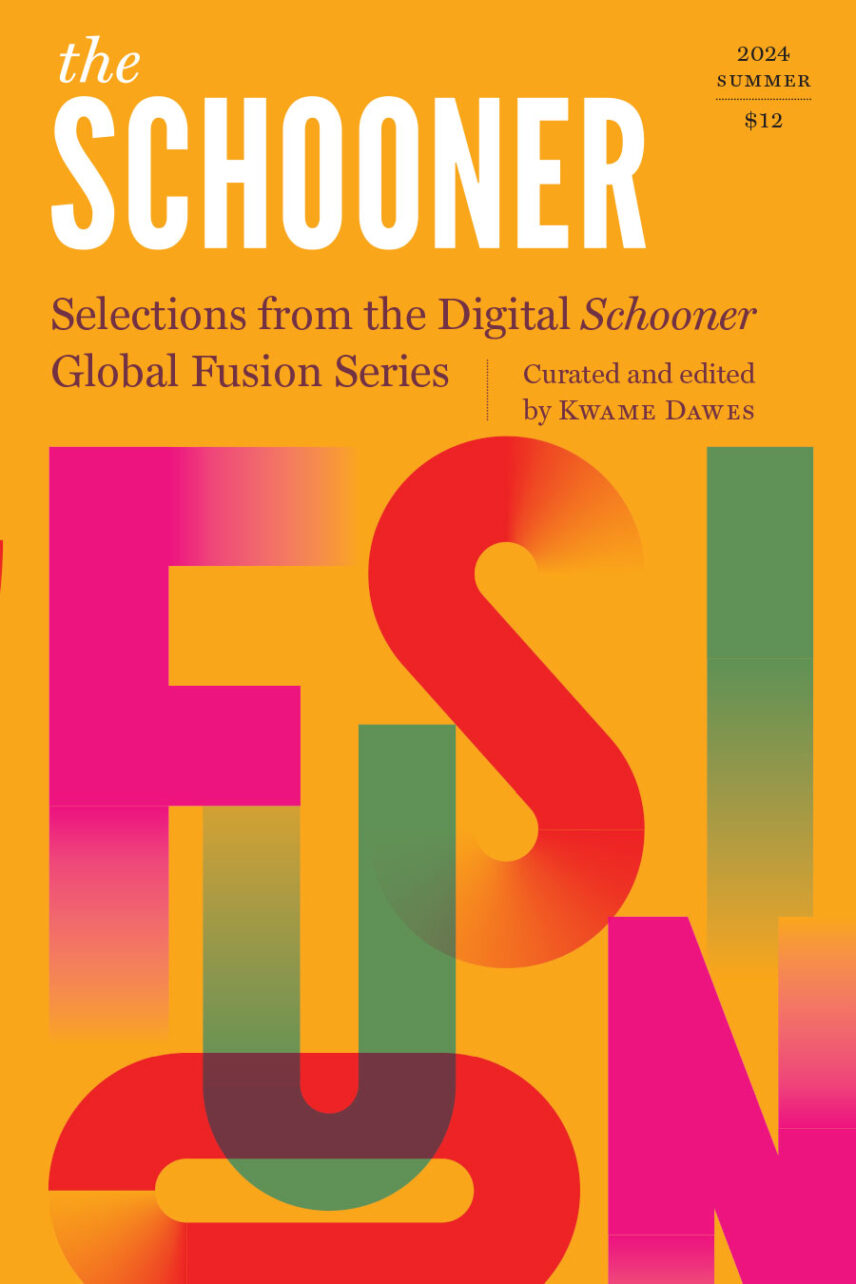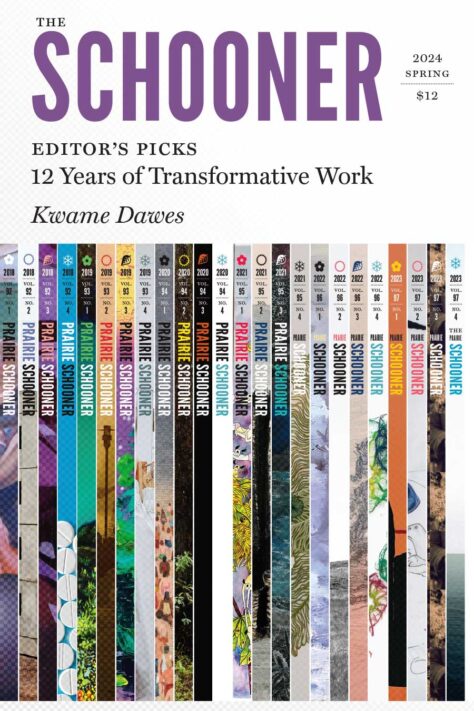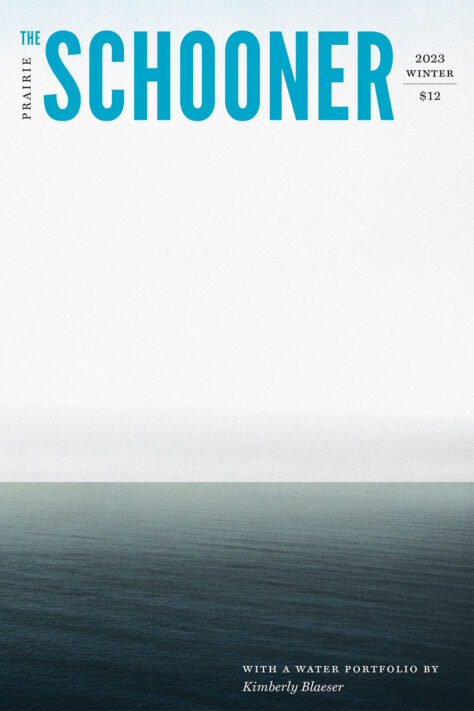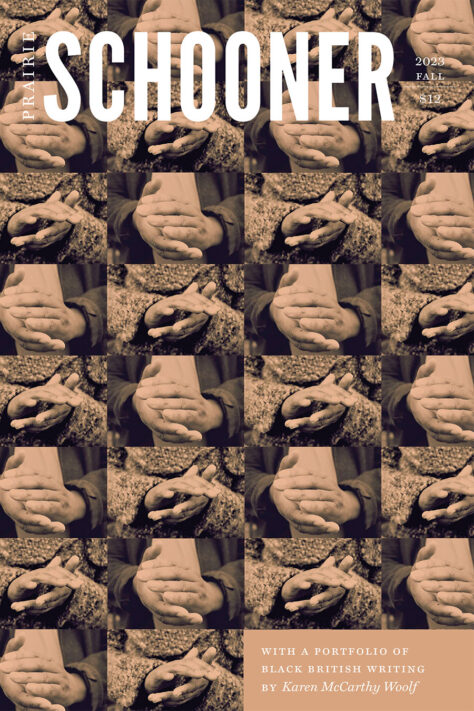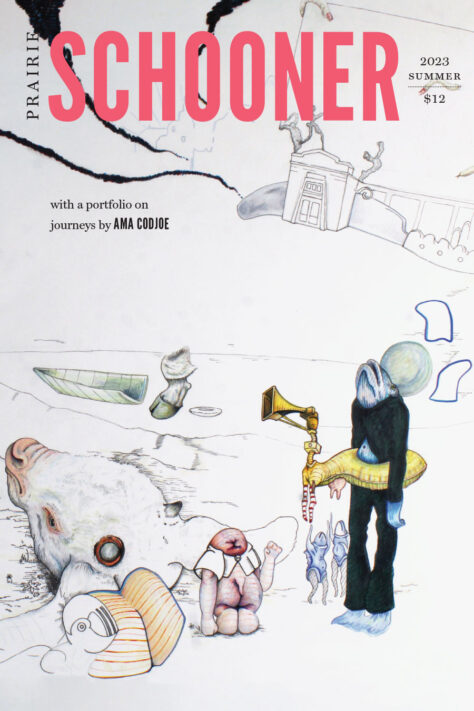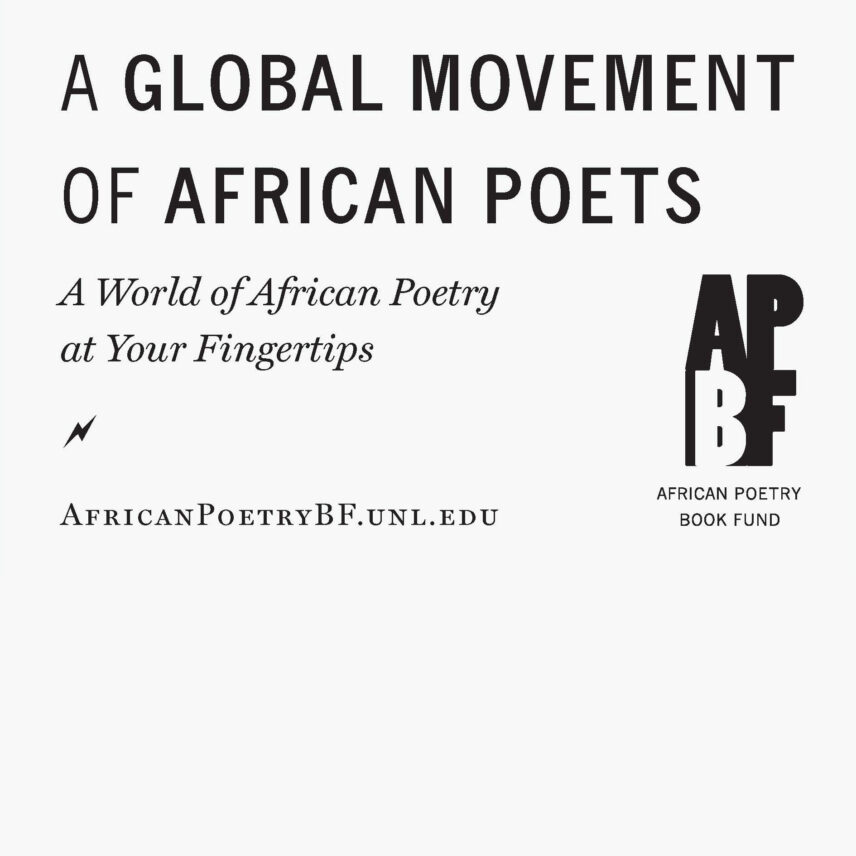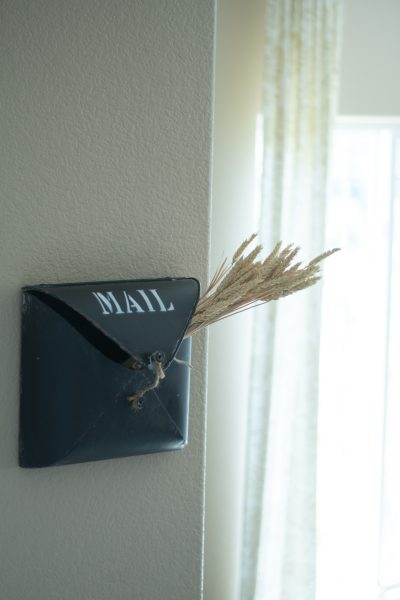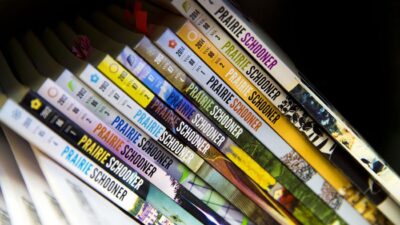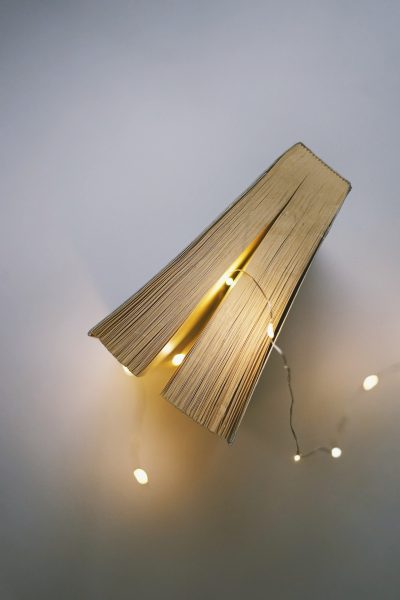Current Issue
Summer 2024 Volume 98 Number 2
Featuring selections from the Digital Schooner Global Fusion Series, this issue features work by writers from Australia, Botswana, Macedonia/The Balkans, India, Singapore, Việt Nam, Uganda, and Palestine.
Guest editors: David Prater, Tjawangwa Dema, Nikola Madžirov, Sudeep Sen, Alvin Pang, Nguyễn Phan Quế Mai, Beverley Nambozo Nsengiyunva, and Lena Khalaf Tuffaha
Contributors: Tom Clark, Brendan Ryan, Margaret Owen Ruckert, Jennifer Compton, Ivy Alvarez, Liam Ferney, M. F. McAuliffe, Benito Di Fonzo, Esther Johnson, Geoff Page, Mandisa Mabuthoe, Drea Chuma, Legodile Seganabeng, Valerie Brown, Katerina Iliopoulou, Zvonko Karanović, Arian Leka, Gökçenur Ç., Luljeta Lleshanaku, Titos Patrikios, Pavle Goranović, Marjo Pogačar, Mile Stojić, Ana Ristović, Ervina Halili, Damir Šodan, Savita Singh, Nabina Das, Himali Singh Soin, Bina Sarkar Ellias, Uddipana Goswami, Sukrita Paul Kumar, Anu Majumdar, Shikha Malaviya, Sharanya Manivannan, Deepti Naval, Sumana Roy, Rati Saxena, Elangovan, Heng Siok Tian, Judith Huang, Madeleine Lee, Ng Yi-Sheng, Jollin Tan, Toh Hsien Min, Jerrold Yam, Cyril Wong, Yeow Kai Chai, Thúy Đinh, Bùi Hoàng Tám, Hà Văn Tỉnh, Hồ Đăng Thanh Ngọc, Hoàng Anh Tuấn, Lê Vĩnh Tài, Lữ Thị Mai, Nguyễn Đức Mậu, Nguyễn Hữu Hà, Nguyễn Hữu Hồng Minh, Nguyễn Quang Hưng, Nguyễn Thánh Ngã, Nguyệt Phạm, Thạch Quỳ, Trần Quang Quý, Võ Quê, Lillian Akampurira Aujo, Mildred Kiconco Barya, Flavia Kabuye, Aganza Kisaka, Derek Lubangakene, Nick Makoha, Solomon Manzi, Rashida Namulondo, Rehema Nanfuka, Pamela Orogot, Susanna Piwang, Iga Zinunula, leena aboutaleb, George Abraham, Ahmad Almallah, Zeina Azzam, Olivia Elias, Summer Farah, Fady Joudah, Emily Khilfeh, A.D. Lauren- Abunassar, Sara Abou Rashed, Deema K. Shehabi, Priscilla Wathington, and Issam Zineh
Subscribe Buy NowRecent Issues:
Wiconi
African Poetry Book Fund
The African Poetry Book Fund promotes and advances the development and publication of the poetic arts through its book series, contests, workshops, and seminars and through its collaborations with publishers, festivals, booking agents, colleges, universities, conferences and all other entities that share an interest in the poetic arts of Africa.
Visit Now